Spoiler warning for Game of Thrones Seasons 1-3
Stumbling away from my last analysis of Cheryl Lannister’s outfits of supreme evil, I felt it might be a breath of fresh air to analyze a character whose costumes I adore: Catelyn Stark.
Now, recall that Catelyn Stark only appears for the first three seasons of Game of Thrones (“GoT”), therefore preserving her memory in a time when significantly less bullshittery populated our screens. Indeed, because of her safety in such a time capsule, she does not have an assigned fandom nickname! For the purposes of this article, I will distinguish the book and show character by calling the former “Catelyn Stark” and the latter “Catty”. The two characters are somewhat…mildly…a little bit…similar, but I feel there must be no confusion between the two for proper analysis.
We continue this analysis looking through the Watsonian and Doylist lenses:
- Watsonian analysis: looking at the way a costume functions within the universe; how it is explained in the show
- Doylist analysis: looking at the reasons a costume came to be as a form of art created by real people; analyzing and critiquing real-world explanations
An interesting aspect of Catty is that, though she is around for three seasons, she doesn’t actually have many costumes. Therefore, I’ll be approaching this analysis by topic as opposed to by dress.
So sit back, eat something sweet, and enjoy an article filled with legitimate praise for costume designer Michele Clapton (“Clapton & Co.”) for the first time in forever!
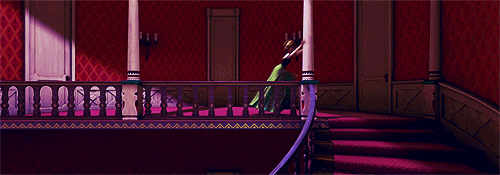
Only Cat Can Dress Appropriately for *Almost* All Circumstances
One of the major stumbling blocks many of the GoT women fall over is the Watsonian appropriateness of their clothing; that is, the logic of their clothes in-universe. We see this issue come up in two ways: weather and social setting.
When it comes to weather, we’re shown scenes where one woman is wearing a multi-layered, fully covering garment, while the other wears a light-weight, flowy dress.
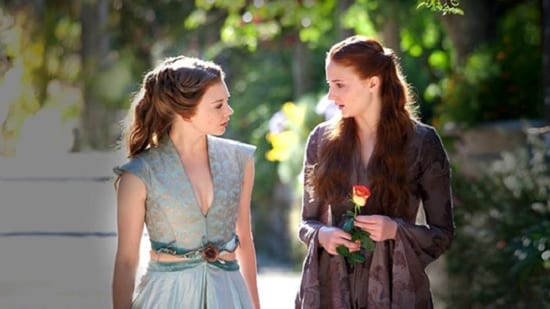
We’re shown Myranda, wearing a deep v-neck dress with fingerless gloves in the north, at a wedding ceremony where the bride is covered ears-to-toes! We’re even shown Meera wearing no gloves north of The Wall. NORTH OF THE WALL. These weather inconsistencies crop up constantly, and they break faith in the setting and disturb the suspension of disbelief.
One character who manages to nail *almost* every weather-change is Catty. She starts out in the North with a full-body dress, covering up to her neck, with a fur shawl and fur-trimmed sleeves.

This is the exact type of dress appropriate for the northern climate for a woman who can easily go back inside. Catty doesn’t need a full fur coat like Ygritte, for instance, because she can just go into her castle, while Ygritte lives more or less exposed to the elements. Additionally, Catty is smart enough to wear gloves when she’s outside in the cold for prolonged periods of time.

Once in Carol’s Landing, Catty changes to a lighter outfit—albeit one still covering her entire body and complete with that clingy neck thing. We know, because the show told us it is hot in Carol’s Landing in season one. Catty dresses appropriately for the temperature.
Catty ALSO dresses appropriately for her social situation, which changes through the first three seasons. As the Lady of Winterfell, Catty wears clothing that is fancier than most—the embroidery on her collar, discussed in the next section, is certainly above the smallfolk of Winterfell. However, this fanciness is balanced by the ruggedness of Northern living. Her outfits serve their primary function first and foremost: keeping her warm and alive. That’s really what the North is all about!
Catty goes to Carol’s Landing undercover in season one, in an attempt to sneak into the city to speak with her husband. Consequently, her dresses there are simple and nondescript, blending in as best as possible with the people around her. Her dress is still of a northern style (especially the weird clingy neck thing), which makes sense since she normally lives in the north and that’s what she has on hand to wear. Had she known she’d be going south, Catty could have commissioned a new southern wardrobe, but she left in a hurry, making that impossible.
Catty dresses appropriately for other social situations as well, like wearing black in mourning or wearing a nicer black dress to her brother’s wedding. Overall, Clapton & Co. did an excellent job designing Catty’s costumes within the confines of the GoT universe.
These two aspects (weather and social situation) survive Watsonian scrutiny. Such strength helps insulate these costumes from Doylist criticism, since the Doylist explanation for their design is that the costumes are dictated by Watsonian requirements. But for further analysis, we should consider whether there are any additional Doylist concerns regarding Catty’s costumes, primarily because she is a woman who is covered at all times.
The question, therefore, is this: is covering sexist?
We need to be critical of GoT when it comes to potential sexism issues because of its horrible track record. Even though the real downhill slide started much later, the fact is that the pattern must start somewhere. Analysis of these early costumes can lead us to the impetus of the problem.
Covering a female character is not innately sexist. The deciding issue is whether the character, in-universe, would reasonably be covered—whether that is because of the patriarchy or from personal choice is not determinative. For example, it makes Watsonian sense for Septa Mordane from season one to be covered, since she is part of a religious order that in-world requires covering. By contrast, it does not make sense that Marg was covered in season six because she awaited trial for perjury. The former is not sexist, while the latter is at minimum problematic.
Since Catty’s costumes are backed by solid Watsonian logic, I am not inclined to find any sexism issue with her dresses covering her whole body. The design appears to stem from an understanding of worldly constraints, and those constraints are applied consistently to this character. Indeed, the pattern of mostly-covered women applies across the board to the ladies we see until the entrance of Marg’s series of identical flower dresses. Therefore, Catty’s dresses survive both Watsonian and Doylist criticisms in these areas.
Only Cat’s Collar Makes Sense
Starting with a solid Watsonian/Doylist base, we can move on to admiring some of the fine details in Catty’s costumes, and even comparing them to bits that don’t work so well with others. The fish collar is one of my favorite examples of Michele Carragher’s exceptional embroidery skills.

Putting imagery aside for now, this is a nice design detail that adds intricacy to the costume without overwhelming it. It also adds to the fashion story of the north. This is an area that is cold, so what do northern women decorate? Their collars! I actually think it’s brilliant. They have to wear collars anyway, otherwise their necks will freeze. And collars are close to the face; it’s sort of like wearing jewelry, such as a fancy necklace, but in a distinctly northern way. Very creative!
Now of course, in classic GoT fashion, for every success there is a failure. And that comes not on Catty, but on her daughters. Show!Sansa runs around with a fugly version of this collar, “decorated” with weird flowers and shit (Brittany would be so disappointed), and show!Arya’s isn’t any better, covered in alleged acorns that just look like fungus.
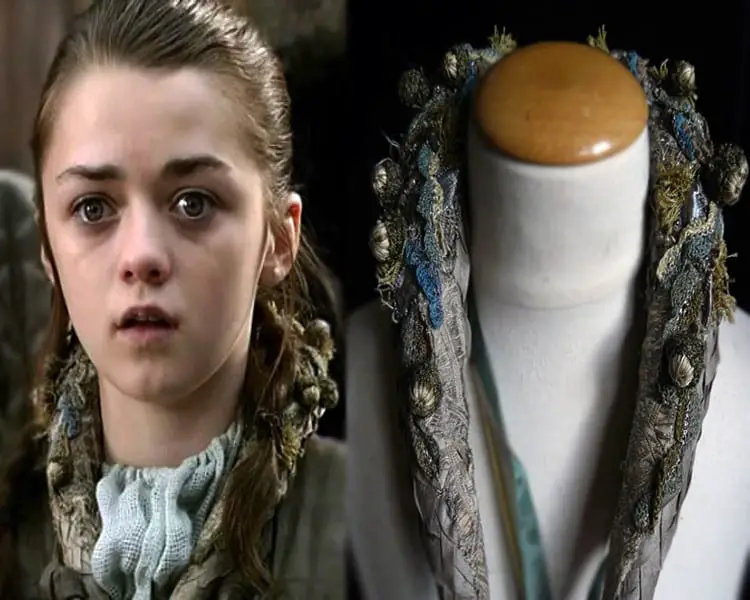
I like to imagine that someone over at HBO read that chapter where Arya was at Acorn Hall, and maybe said something to Clapton & Co., but then I remember what show I’m watching.
Regardless of the fails of Future the Sansa Stark Construct and Future Your Sister of the Canals, the original is a good piece of work. It certainly survives Watsonian and Doylist analysis as a costume piece.
Only Cat Can Pull Off Something This Ugly and Not Invoke My Ire
While I’m enthralled by the embroidered collar, I’m a bit bamboozled by this clingy-neck contraption that plagues the northern women’s outfits. We see this all the way from Catty in season one to the Sansa Stark Construct in season six.

It sort of looks like it’s made with an elastic band, which is bothersome because they wouldn’t have elastic, but that’s a severe nitpick. I guess it bothers me because it’s hot in Carol’s Landing, and Catty’s dress would still be perfectly modest without the puffy collar. On top of it all, it’s just. So. Damn. Ugly. Gods!
At least it is consistent. Usually I would reject an ugly aspect at all costs, but this one I’ll accept because it is purposeful and provides necessary Watsonian logic that, frankly, I long for. You know things have gone bad when an ugly collar gives you nostalgia.

Only Cat Can Invoke House Colors and Imagery *sort of* Correctly
I’ve addressed multiple times the importance of House colors and House imagery in Westeros, and how many other costumes fail in these two areas. We have the only Targaryen left in the world running around in blue and white; the last known Stark moping around in purple; the new young queen from a powerhouse family marrying in muted grayish-bluish-greenish; and then the queen regent in black for three-ish seasons. On top of that, we see multiple misuses or failures to use appropriate House symbols. Clapton & Co. clearly did not grasp the importance of colors and symbols in their design process.
However, they hit a magical working combination when it comes to Catty.
The Tully House colors are blue and red; the Stark colors are grey and white. Catty wears none of these, and normally I would be jumping up and down making a fuss about this, but it actually works because while Catty is no longer a Tully, she’s never fully identified as a Northern woman either. Catty expresses that she felt out of place in the North, an identity theme Catelyn Stark deals with as well. Because of this, it would not make sense for Catty to deck herself in Stark colors, though it would also be inappropriate for her to retain her father’s House colors, since she is a married woman who now belongs in another House. Retaining Tully colors would be a slight against Eddard Stark, which is something patriarchy-brain Catty would not do.
Now, Doylist-wise, I’m certain the reason Clapton & Co. chose a green palette was because Michele Fairley looks nice in green. This is similar to why blue was chosen for Daenerys, except that in this instance there is Watsonian logic, or at least a decent honeypot.
Consider, too, Catty’s shift from greens and blues to black in season two and three. Catty goes into mourning after the death of her husband and then her father. Black is the color of mourning in Westeros. Considering the short amount of time that has passed (or that the show wants us to think has passed, though it can’t bring its receipts), it’s logical for Catty to still be in mourning at the time of the Red Wedding. Though wearing black to a wedding is a bit macabre.
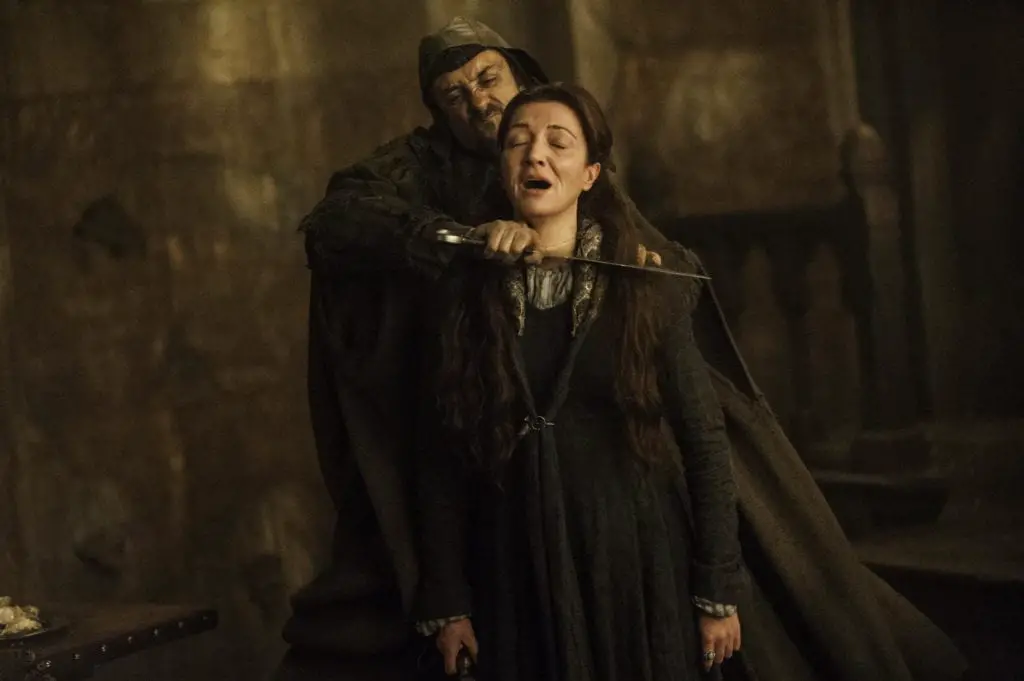
Note that black is NOT empowering for Catty. Indeed, I couldn’t find any stupid quotes from Clapton & Co. about how strong and empowering Catty’s new black dress is, because these costumes make sense and don’t need ridiculous, ass-pull explanations for their existence. Indeed, I found no quotes from Clapton & Co. explaining Catty’s style. It speaks for itself because it withstands Watsonian criticism.
As for the fish imagery in the embroidery and on the silver clasp on Catty’s dress, this again makes sense as an homage to her father’s house without being too in-your-face about it. I don’t know if Catelyn Stark would have worn fish images (I couldn’t locate a passage with such a description), and I find the wearing of the Tully symbol a bit more of a stretch than the lack of Stark colors. However, in the grand scheme of the costumes, I think it works. Catty’s fish ornament is much more logical than her daughter’s firefly ornament, worn in a similar fashion later on.
Only Cat Can have the Patriarchy Successfully Reflected in her Attire
Catelyn Stark of the novels is a study in patriarchy brain, a term coined here at the Fandomentals. Interestingly, Clapton & Co. managed to capture Catelyn’s patriarchy brain in the costume design for Catty. Her dresses are appropriate for her social situation, fancy enough to distinguish her but not so overwhelming to insult those around her. Catty’s dress isn’t nicer than the visiting queen’s. Catty’s color choice doesn’t upset her father or her husband, or her people for that matter. Catty keeps her family, her duty, and her honor in mind every time she dresses. This helps make her character consistent, believable, and compelling.
It is possible this happened purposefully. It is possible this happened by accident. And it is possible this happened because the wardrobe style of Catelyn Stark, an intelligent and strong noble woman with political ambitions who functions within the patriarchy, overlaps with the wardrobe style of Catty, a woman in a noble position who doesn’t have her own good ideas and is just there as a sounding board for the men around her. Based on the evidence at hand, there is no way to tell what caused this set of logical costume designs. Somehow, Catty’s sexist writing didn’t ruin her costume design. I remain hopeful that is was purposeful.
One additional note: it is hilarious to me to watch Catty, a character who is based on a character with patriarchy brain, and whose costumes reflect that patriarchy, interact with Talisa, the walking embodiment of everything that is wrong with GoT. The fact that Catty is completely not about Talisa gives me life, happiness, and endless warmth.
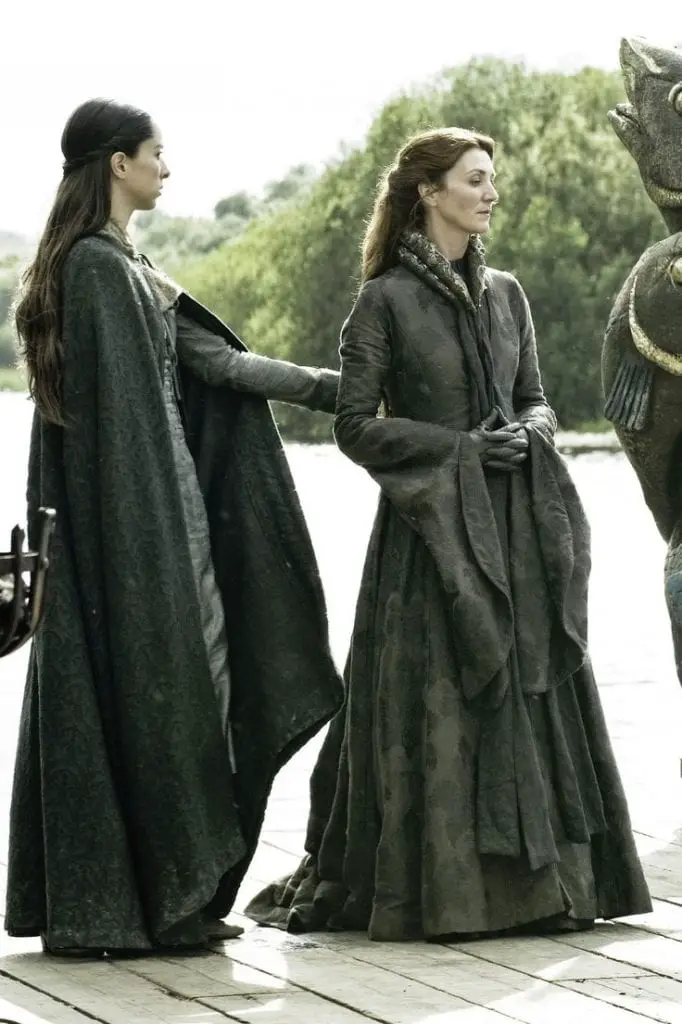
Only Cat is a Good Example of Costuming on Game of Thrones
“When asked whether people might miss Carragher’s intensely detailed creations amid all the spectacle and fight scenes, Clapton begs to differ: “People watch TV on screens the size of a movie screen now. And devoted fans watch episodes over and over. After three or four viewings, you start to see these details. And that’s why we do it. That’s what makes Game of Thrones special.”
Clapton is correct—fans do notice these details. And that’s why they matter so much. These details are never neutral. They either add to or detract from the quality of the show as a whole. Seeing costume success like Catty lets me know that Clapton & Co. are capable, and provides us with an important litmus test when analyzing other costumes that just don’t work.
Next time on A Song of Pins and Needles, we’ll be heading to a place where the costumes definitely don’t work and logic goes to die: Dorne.

